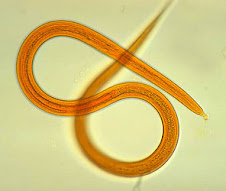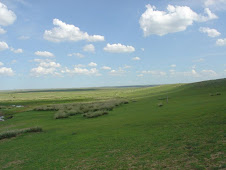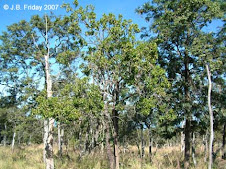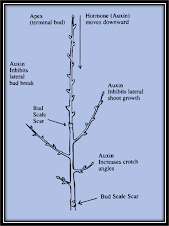A biotic factor is a living organism. An abiotic factor is nonliving.
2. Name three types of community interactions.
Competition, Predation, Symbiosis
3. What is the difference between primary succession and secondary succession?
Primary successsion occurs on surfaces where no soil exists. Secondary succession occurs when a disturbance of some kind changes and existing community without removing the soil (i.e. where soil exist)
4. How is an organism's niche determined?
Is determined by the physical and biological conditions in its environment and how it uses those conditions.
5. How are the three types of symbiotic relationship different? Similar?
In mutualism, both species benefit. In commensalism, only one spieces benefits; the other is neither helped nor harmed. In Parasitism, one species benefits; the other is harmed. In all three, two species live closely together.
6. Summarize the role of organism, including microorganisms, in maintaining the equilibrium of a marine ecosystem while a dead whale decays on the ocean floor.
The whale carcass attracts a host of scavangers and decomposers that eat the decaying meat. The decomposition of the whale's body forms an oasis for sediment dwellers. Bacteria decompose the oils inside the whale's bones releasing energy. (chemical compounds)






















No hay comentarios:
Publicar un comentario